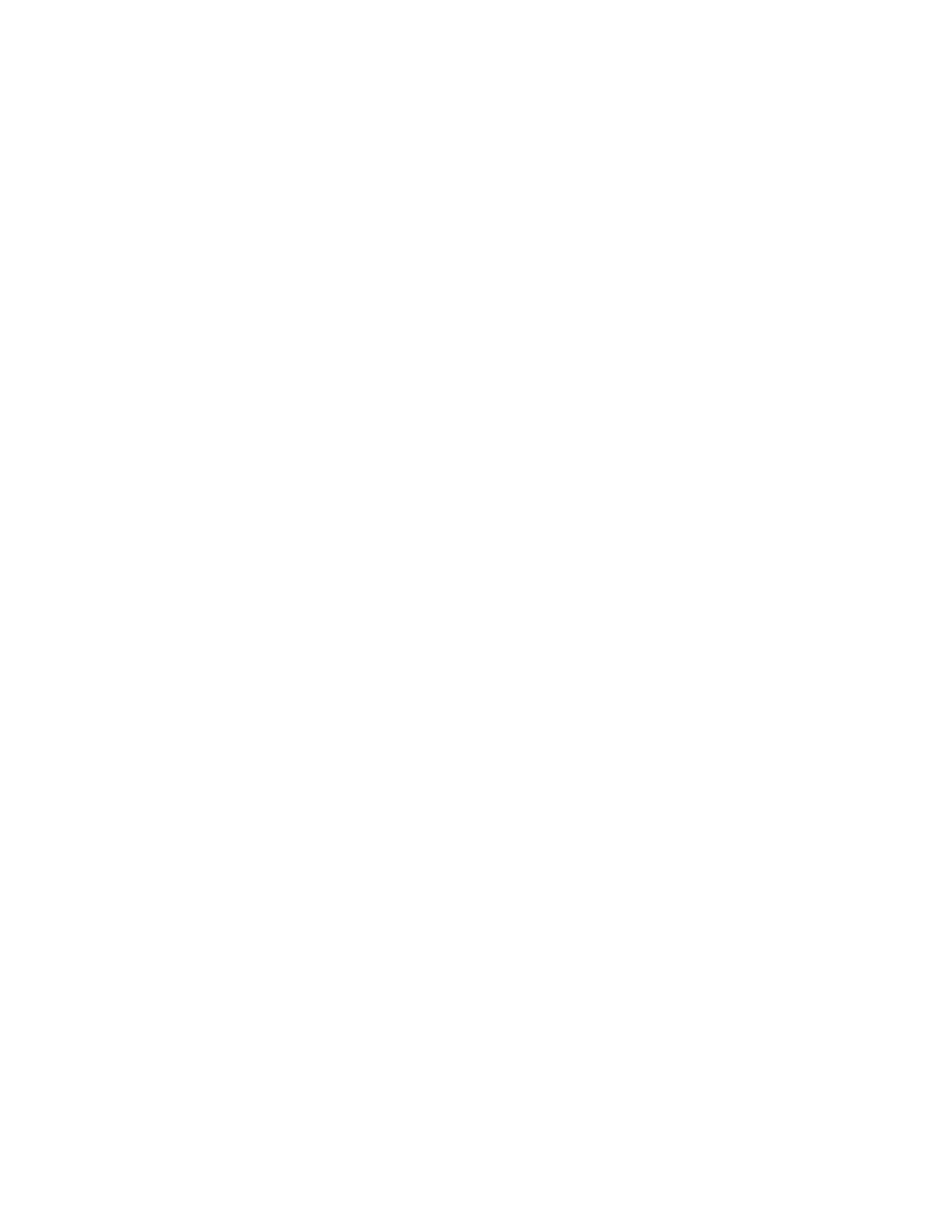
Instruction was by means of lectures, by assigned reference work in standard books on
chemistry, and by recitations; all were supplemented by intelligent work in the laboratory.
Frequent examinations served to keep the students’ knowledge of the subject definite and
specific.
This course met for one hour on Wednesday and Fridays at 11 a.m., on Monday
afternoon from 1 to 4 p.m. and on Saturday morning from 9 to 12- all this for only 4 credit
hours.
Other Chemistry courses included Qualitative Analysis, Organic Chemistry, Industrial
Chemistry, History of Chemistry, Electro-Chemistry, Quantitative Analysis, Gas Analysis, Oil
Analysis, Water Analysis, Iron Analysis, Coal Analysis, Organic Chemical Analysis, and
Cement Testing.
TOPIC I
1. Value in laundry work: sanitary and aesthetic
2. Processes in laundrying
3. Washing pillowcases and towels
topic II
1. Elements in laundrying: composition and uncleanliness of
fibers; purifiers
2. Water: soft, hard; removal of hardness
3. Ironing towels and pillowcases: requirements for ironing;
washing napkins and tablecloths
TOPIC III
1. Soaps: composition, kinds, properties, adulterations; soap
powders
2. Flannel experiments
3. Sprinkling, ironing table linen; washing handkerchiefs
TOPIC IV
1. Wool: origin, structure, composition, properties, action of
chemicals, manufacture, cleaning processes
2. Ironing handkerchiefs; washing flannel garments
TOPIC V
1. Starch: source, composition, properties, use and proportions
in laundrying
2. Pressing flannels; washing and starching undergarments
TOPIC VI
1. bluing: use, kinds, behavior of each
2. Bluing experiments


